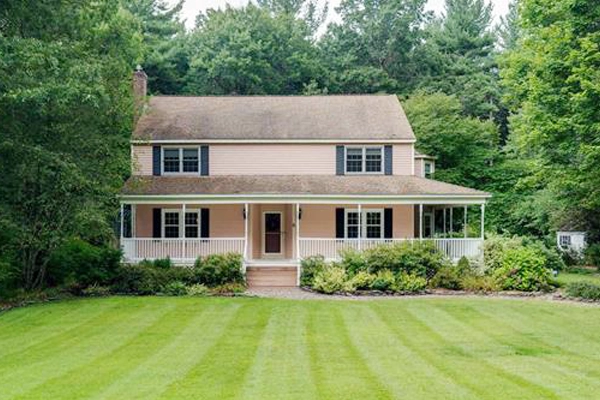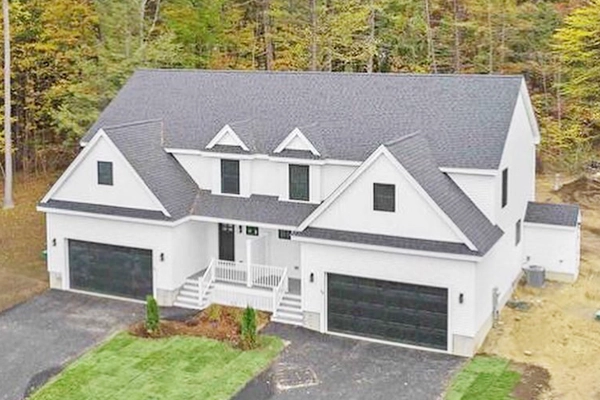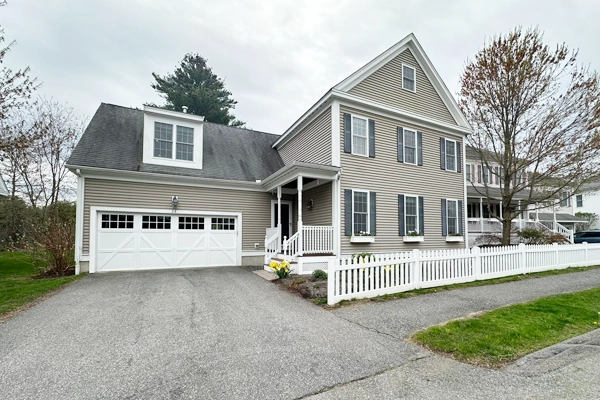Let’s Explore Your Selling Options. I’ll help you sell your property at the price and terms you want. Free Selling Strategy Call
One of the most common questions I get from homeowners is, “What should I list my home for?” or “How do I decide on that number?” And these aren’t just common concerns; they’re critical decisions. Pricing a home correctly is one of the most important factors in achieving a successful sale. Today, I’m sharing a step-by-step process on how we’d approach pricing with data, insight, and strategy—not guesswork.
For example, if a home is 2,000 square feet with three bedrooms and two bathrooms, I’d evaluate nearby homes with similar specs and analyze their sale prices—particularly on a price-per-square-foot basis. Then, I’d make fine-tuned adjustments based on unique property features. Upgrades like hardwood floors or renovated kitchens may add value, while dated finishes or less desirable features are factored down. The result would be a confident, data-supported assessment of true market value. In this example, let’s say that number is $1,000,000.
Once market value is established, you’ll work with clients to build a tailored listing strategy. The listing price isn’t always the same as the market value—it’s a strategic move designed to position the home competitively and maximize exposure and results.
Here are three pricing tips you can use to win in a competitive market:
1. Establish a listing price. But before anything else, the first thing you need to do is establish market value with precision by approaching every pricing conversation with a thorough comparative market analysis (CMA). This process compares the subject property to recently sold homes that are similar in size, location, features, and condition. Once market value is established, you’ll work with clients to build a tailored listing strategy. The listing price isn’t always the same as the market value—it’s a strategic move designed to position the home competitively and maximize exposure and results.
2. Shoot for the actual market value price. This sends a clear signal to the market that the home is accurately priced and ready for serious offers.
3. List below market price to drive up competition. Listing slightly below 3% to 5% creates a sense of urgency among buyers and can push the final sale price up. Another option is to list aggressively below 10% to maximize exposure, trigger competitive bidding, and ultimately exceed the target sale price.
Read the market and make the call. Pricing decisions aren’t made on the fly; they’re driven by real-time market conditions. We evaluate active buyer demand, showing activity, and offer patterns on comparable homes to recommend the best approach.
If traffic is slower and inventory is higher, pricing near market value can help attract serious buyers. However, when buyer activity is strong, and homes are receiving multiple offers, listing below market value can yield exceptional results.
Pricing a home isn’t about hitting a lucky number; it’s about understanding the psychology of buyers, the movement of the market, and the power of timing. An intelligent approach is one that is clear, strategic, and grounded in data, as well as the desire to help sellers succeed.
We at Doherty Properties guide homeowners in Massachusetts and New Hampshire through one of the most important financial decisions they’ll ever make. If you’re looking for expert advice on pricing your home, contact us at 978-746-0124 today. We look forward to hearing from you!
-
Let’s Explore Your Selling Options I’ll help you sell your property at the price and terms you want. Free Selling Strategy Call
-
What’s Your Home Worth? Are you thinking of selling your home or interested in learning about home prices in your neighborhood? We can help you. Free Home Value Report
-
Free Real Estate Newsletter Get our latest Q&A, insights, and market updates to make smarter decisions. Subscribe Now








